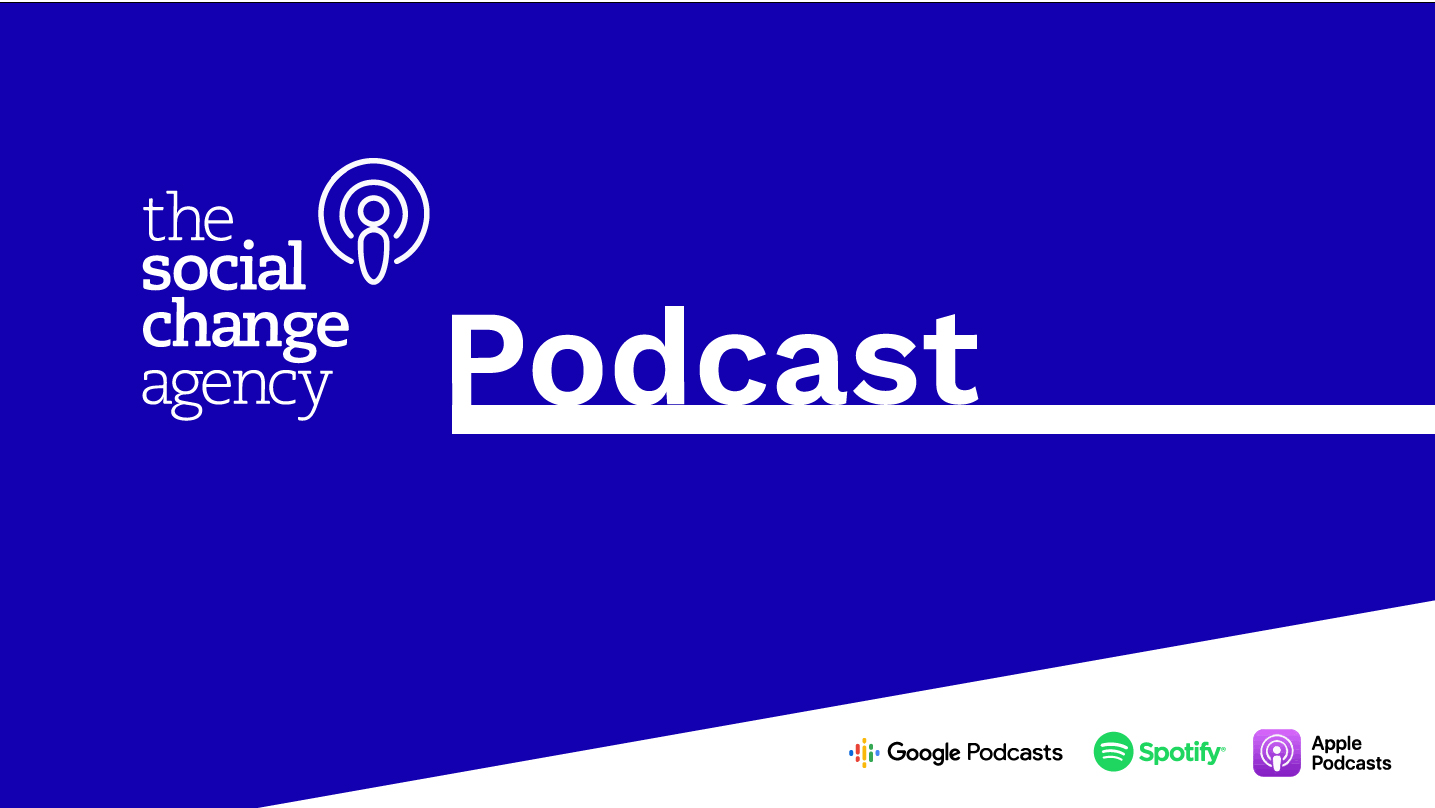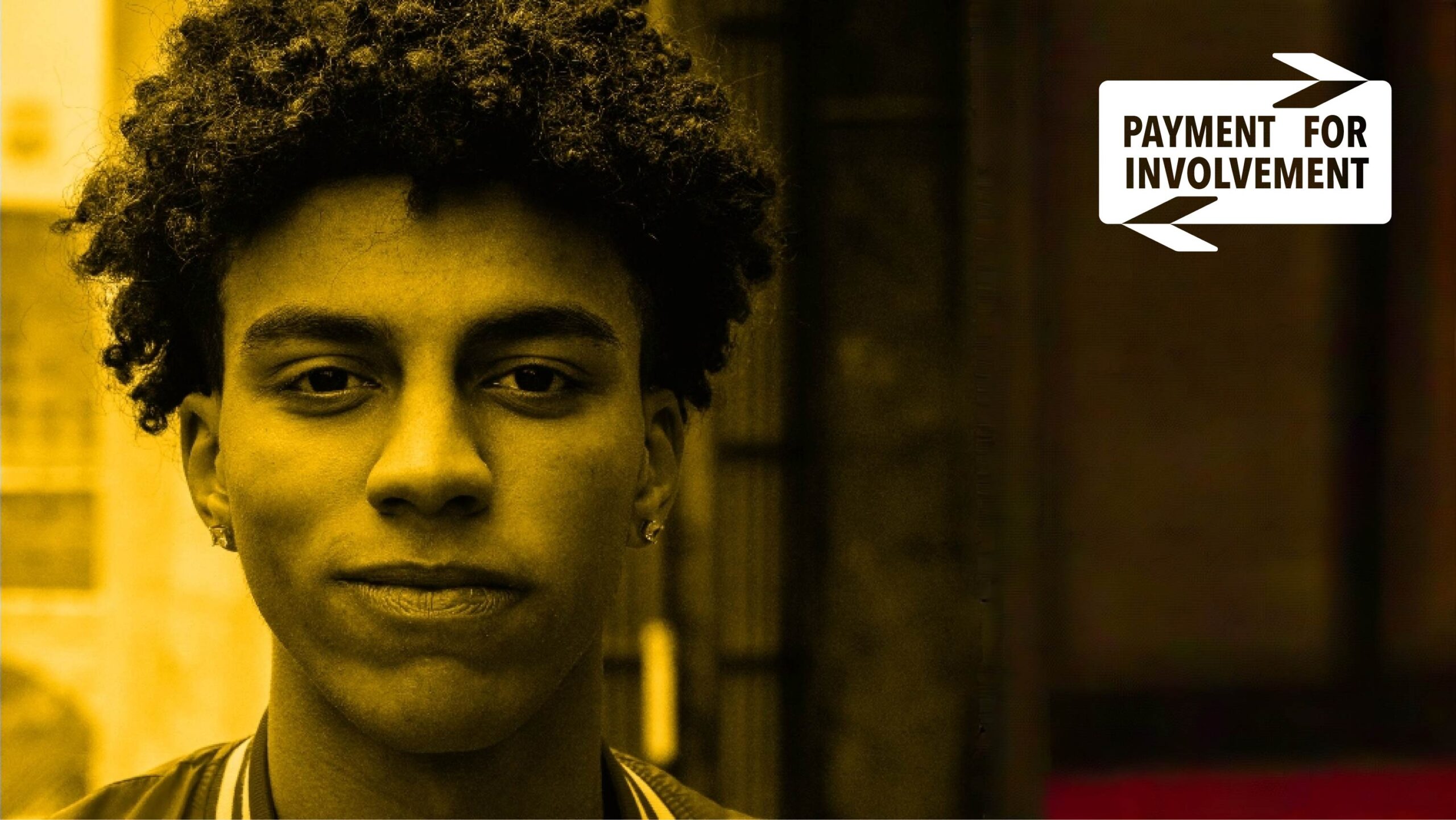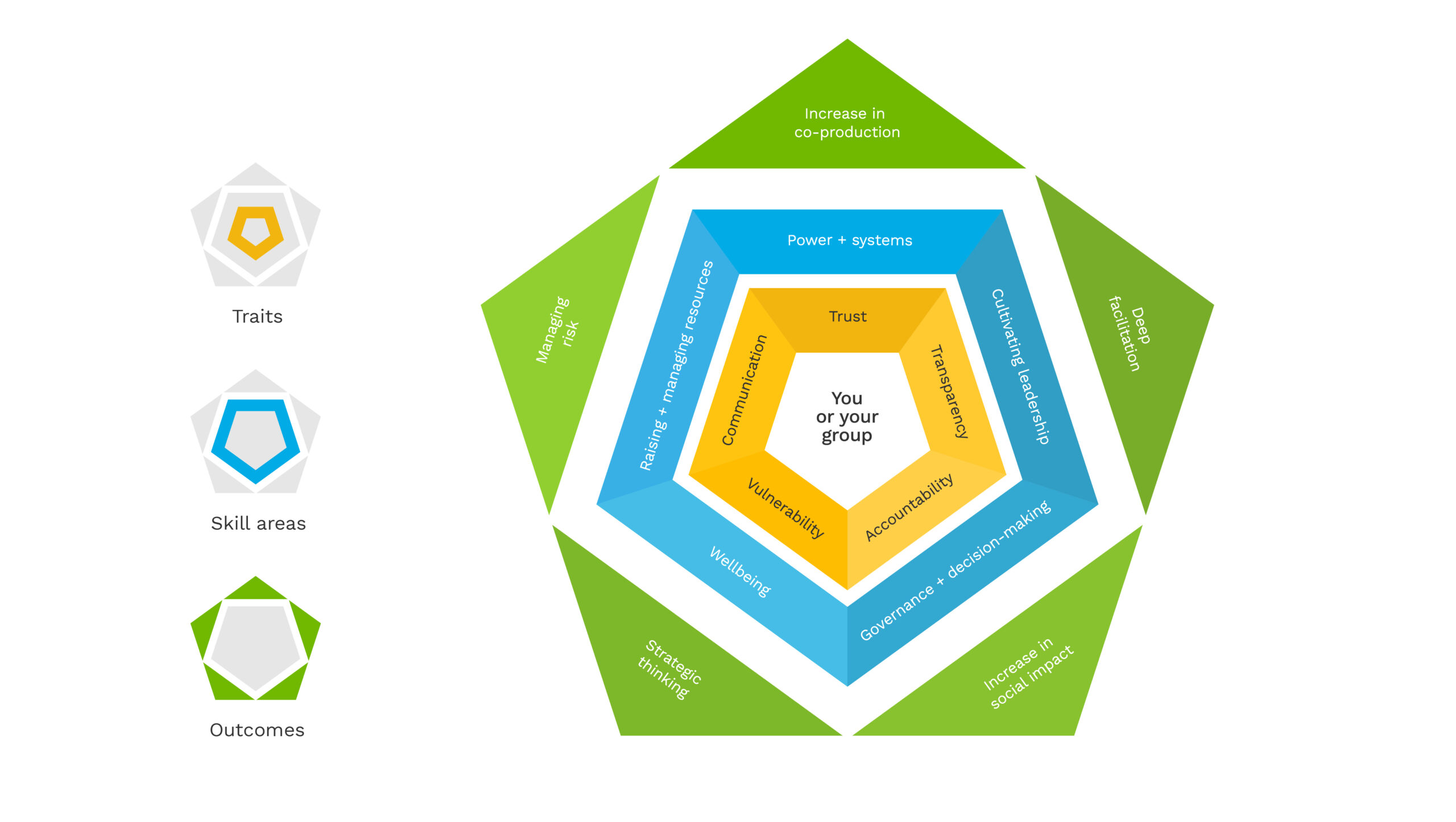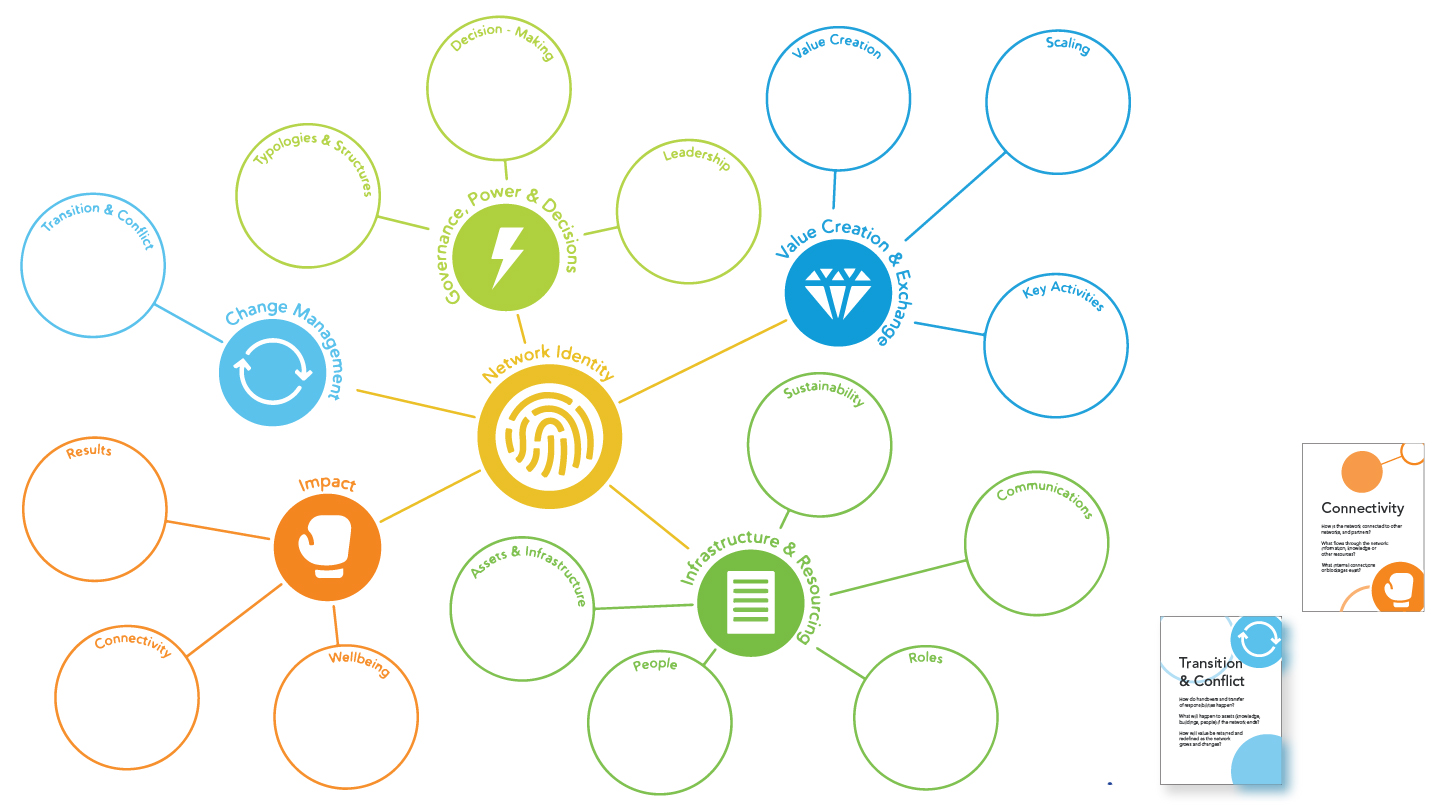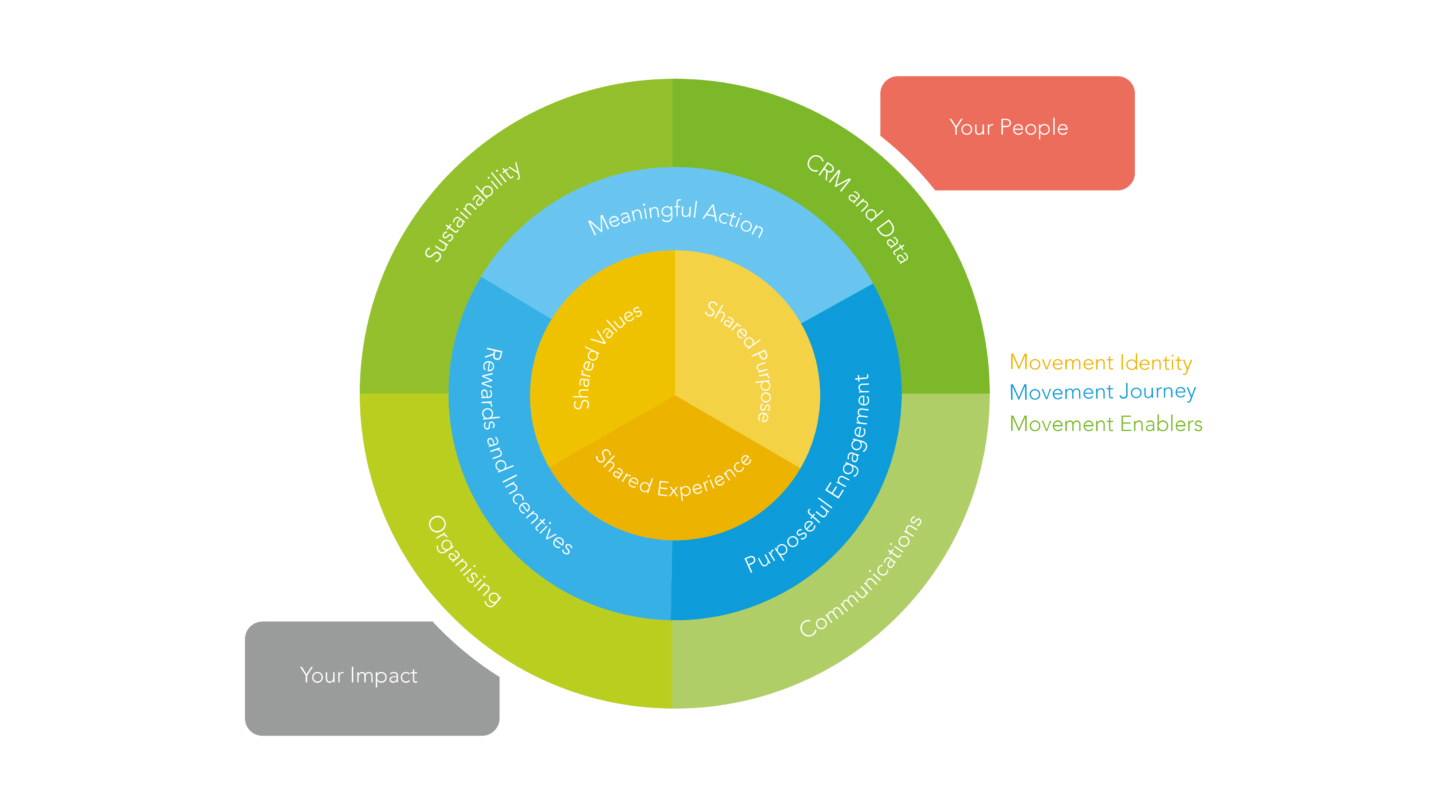How do you get the power to change communities?
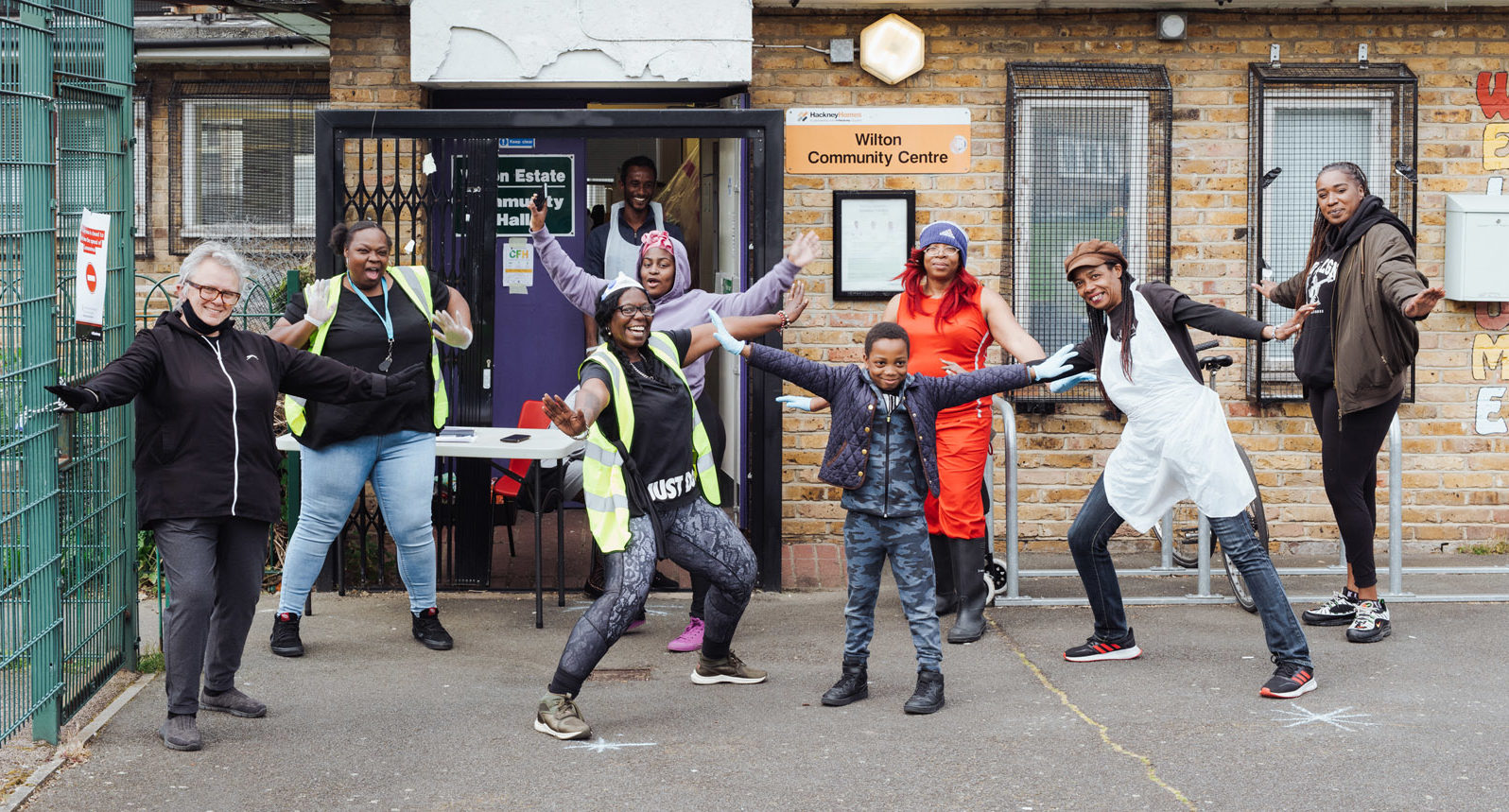
As we start work this week with our new partner Power to Change, the Fund for Community businesses in England, we ask the question…
How do networks of people actually generate the power to change communities?
Movement building, community organising and collective membership, all look to build connections and create new bonds to build power to challenge and change the status quo. It is this realisation of the power of connection and collective action that connects networks as diverse as the ladies who lunch at National Trust properties, knowing that their support enables protects our shared heritage for future generations, and Citizens UK, whose civic community organising approach and sheer weight of membership numbers has enabled them to challenge the Government on the Syrian refugee crisis.
Movements of people start for all kinds of reasons – normally people come together as a reaction to something – they want to get something changed or preserve it. Sometimes they come together based on a shared way of doing things to create something like the Transition Network,sometimes they just want to share knowledge and learning with their peers. But it’s rare to find a movement without a network of committed people at the centre of it – especially at the genesis. Even the large voluntary sector charities such as Mencap or the MS Society, tend to have started out 60+ years ago with a small group of parents or patients who were frustrated with the status quo.
Many of our clients who are building movements, thinking about reinvigorating their membership base or mobilizing their alumni, or starting from scratch, often ask us ‘ How can we grow, how can we reach sustainability, how can we create networks that become self-sustaining?
These questions are so much more than just about the economics of social change. They go to the heart of how you create networks of people that generate the energy to power a movement. However, there is no clear text book answer for this in the social change space. Network theory will tell you that networks generate for all kind of reasons and are able to keep going for a whole pile more.
So we are very pleased to announce that together with Shared Assets, through Power to Change we are building and conveneing a community of peer to peer support professionals and activists, who will come together to share their lived experience of running and supporting networks with the purpose to improve their practise, and eventually the practise across the sector. Starting with 13 incredible community businesses networks, we will be helping them to reflect, share and learn how their networks can grow to be self sustaining.
Community Businesses are a radical (yet historic) way to give power to local communities in a way that makes them responsive and resilient. Community businesses are locally rooted and driven by a philosophy of community benefit, enterprise, inclusiveness and community control. They present a unique way of truly empowering local people, giving people from all corners of their local community the power to change their spaces and places, and improve the social and economic prospects of their community in the long term. From community owned libraries to networks of place based social entrepreneurs – community businesses are where communities organise and get on with creating the change they want to see happen at a local level themselves.
We will be documenting, blogging and recording insights from this process to share with everyone outside the Community of Practice over the next 18 months. You can keep up to date by following us on twitter @thesocialchangeag
Esther Foreman
Founder and CEO, The Social Change Agency
Get help getting power into the hands of your community
